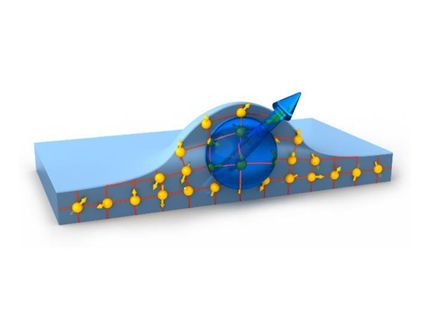Researchers in Basel Develop Ideal Single-Photon Source
A single-photon source never emits two or more photons at the same time. Single photons are important in the field of quantum information technology where, for example, they are used in quantum computers. Alongside the brightness and robustness of the light source, the indistinguishability of the photons is especially crucial. In particular, this means that all photons must be precisely the same color. Creating such a source of identical single photons has proven very difficult in the past.
However, quantum dots made of semiconductor materials are offering new hope. A quantum dot consists of a few hundred thousand atoms and forms by self-assembly under certain conditions in a semiconductor. Single electrons can be trapped inside a quantum dot and are confined on a nanometer scale. An individual photon is emitted when a quantum state decays.
Noise in the semiconductor
A team of scientists led by Dr. Andreas Kuhlmann and Prof. Richard J. Warburton from the University of Basel have already shown in past publications that the indistinguishability of the photons is reduced by the fluctuating nuclear spins of the quantum dot atoms. For the first time ever, the scientists have managed to control the nuclear spins to such an extent that even photons sent out widely separated in time are the same color.
Quantum cryptography and quantum communication are two potential areas of application for single-photon sources. These technologies could make it possible to perform calculations that are far beyond the capabilities of today's computers.
Original publication
Other news from the department science

Get the chemical industry in your inbox
From now on, don't miss a thing: Our newsletter for the chemical industry, analytics, lab technology and process engineering brings you up to date every Tuesday and Thursday. The latest industry news, product highlights and innovations - compact and easy to understand in your inbox. Researched by us so you don't have to.


























































